KIMITAKE Fine Jewelry
with Traditional Japanese Crafts
Elegance from Japanese Tradition.
Our designer visited various regions of Japan, experiencing the rich traditions and cultures steeped in history.
Inspired by their beauty, he reinterpreted traditional Japanese crafts with a modern flair to design the KIMITAKE original jewelry package. Incorporating techniques from Japan's traditional crafts such as Nishijin-ori and Yuzen dyeing from Kyoto, washi paper from Kochi, and paulownia boxes from Hiroshima, the package embodies a timeless fusion of elegance and Japanese tradition. We wrap our jewelry in these packages infused with the spirit of Japan.
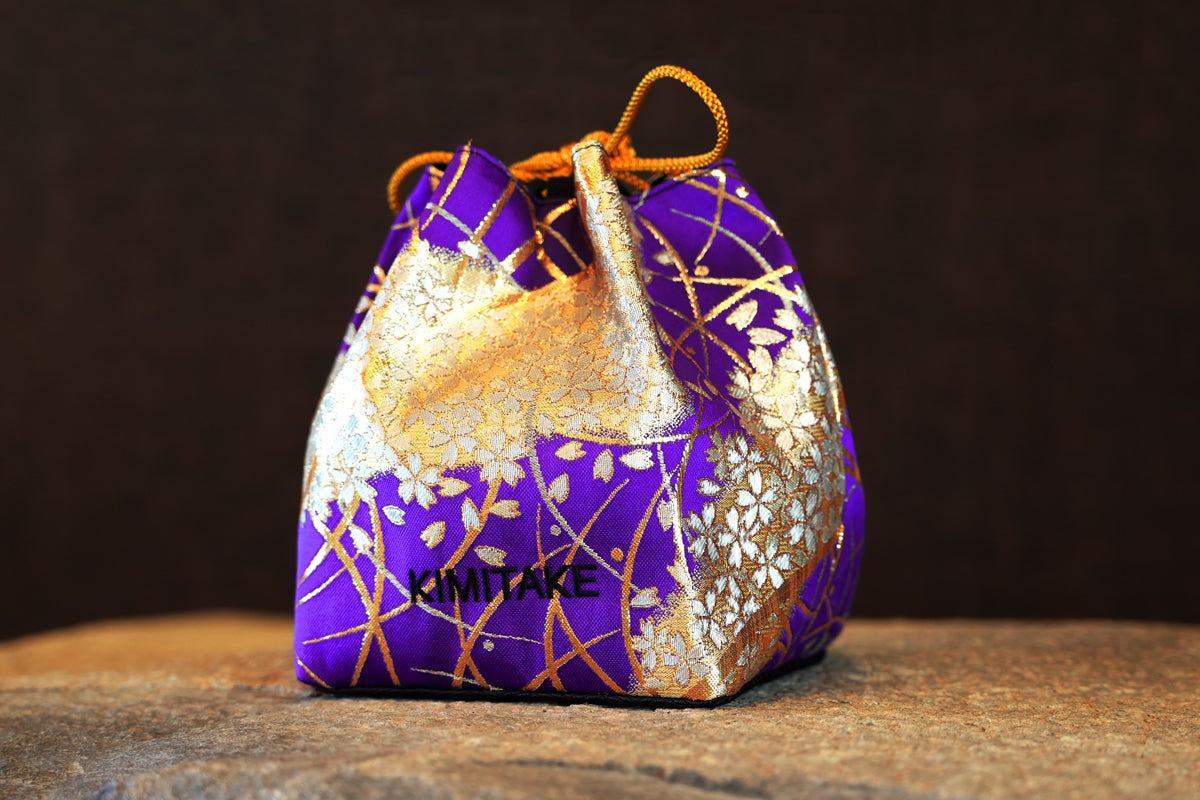
Kyoto Nishijin-Ori Drawstring Bag
A Traditional Japanese Craft Dating Back Over 1500 Years
The cherry blossom pattern on flowing water, known as "Sakuragawa," embodies the concept that "the beginning of things never ceases," representing an endless flow of happiness. Its name originates in the rippling waves found on the garments of the Heian period (794AD – 1185) dance called Seigaiha (Blue Ocean Waves). These expansive waves, stretching endlessly across the sea, symbolize KIMITAKE’s wish for joy, prosperity, and eternal happiness for our customers.
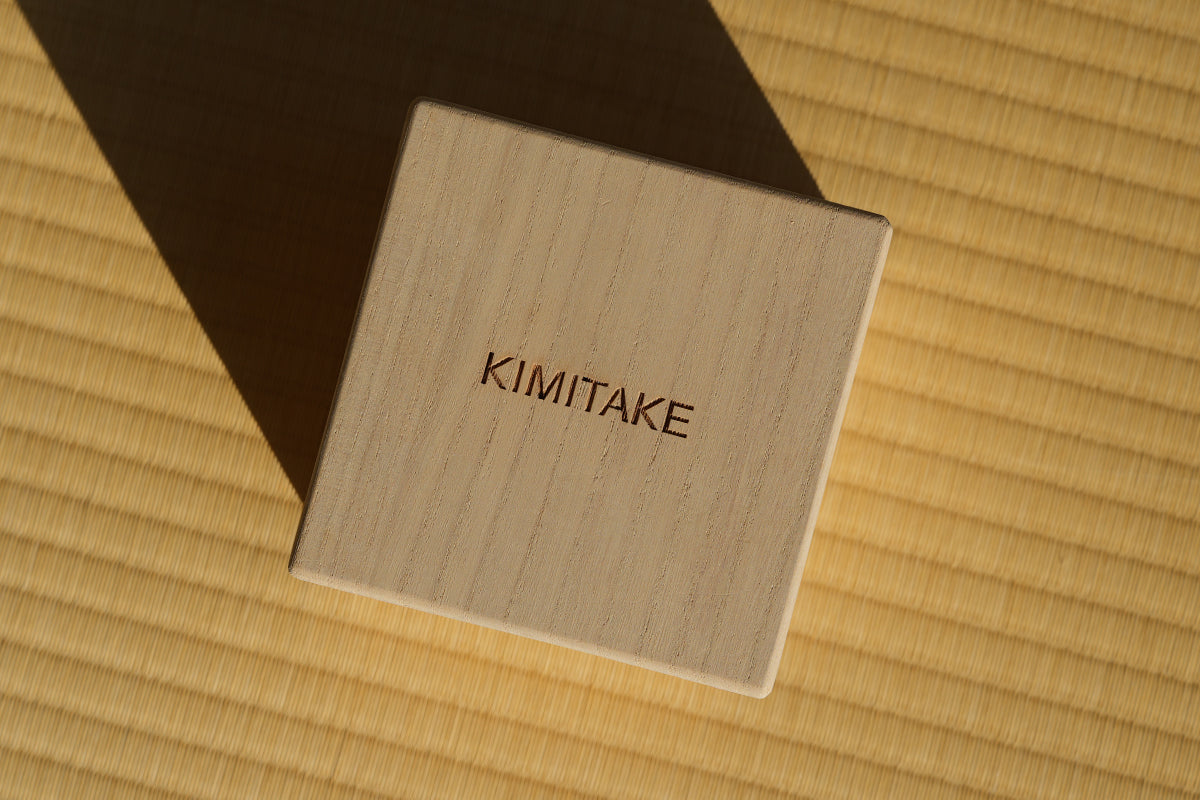
Paulownia Boxes
Paulownia Boxes That Have Been Around For Over 400 Years.
Used as containers for precious items, paulownia boxes have played a significant role in entrusting valuables to the future. Not only are they visually pleasing, but paulownia wood also possesses a unique quality—it can regulate humidity by absorbing and releasing moisture from the air, ensuring a stable environment inside. Moreover, it naturally contains properties that prevent corrosion and repel insects. Our KIMITAKE original paulownia boxes are crafted with meticulous care by master artisans at Japan's oldest paulownia box factory. Each box is delivered with utmost care, offering a special container ideal for storing your precious jewelry.
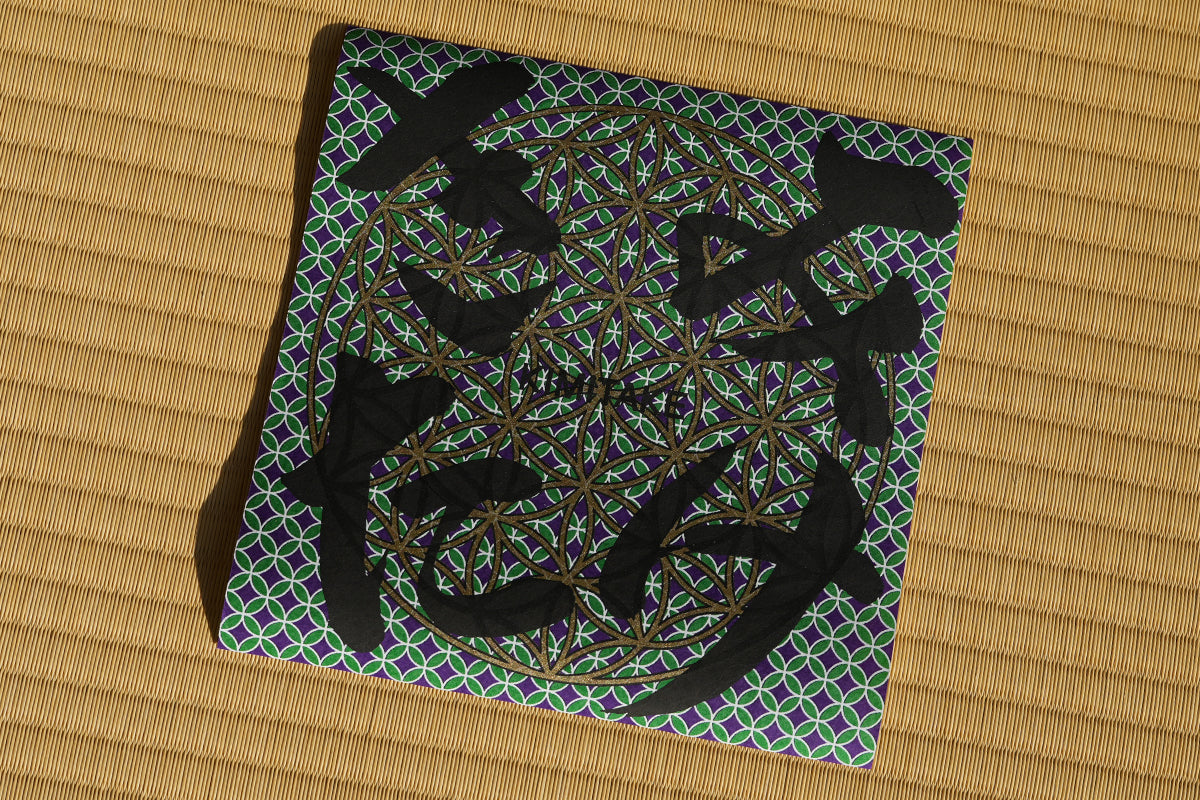
Kyo-Yuzen Dyeing
One of Japan's Three Major Yuzen Techniques, Passed Down for Over 400 Years
This pattern features circles that endlessly connect and intertwine, hosting auspicious Shippo motifs symbolizing harmony, completeness, and connection. These motifs are complemented by geometric patterns representing the origins of life and the vastness of the universe. Known as the Flower of Life, this sacred geometric pattern embodies perfect harmony and unconditional love. The designer infused his soul into calligraphing the original KIMITAKE brand name in Hiragana (Japanese characters) onto Kyo-Yuzen Washi paper. This paper is meticulously polished using traditional techniques handed down since ancient times.

Tosa Washi
An Intangible Cultural Heritage with a History of over 1000 Years
This Tosa Washi, decorated with auspicious Shippo motifs symbolize fulfillment, harmony, and connection as circles endlessly intertwine and link. The wrapping paper crafted from Tosa Washi, adorned with these auspicious Shippo motifs, embodies the essence of Japanese familiarity and auspiciousness. With circles continuously intertwining and linking, it symbolizes wishes for fulfillment, harmony, and auspicious ties.

Jewelry Box
Deep Purple, Designated as the Highest Color in Japan's Court Rank.
The deep purple color has always been seen as a symbol of nobility, while 'Chitose Midori' represents a deep green akin to pine needles, symbolizing longevity and perseverance, just like how pine trees keep their green foliage all year round. These colors embody our wish to become a brand that will represent Japan in the world and be cherished for centuries to come. Keeping this sentiment in mind, we've crafted the original KIMITAKE jewelry box.
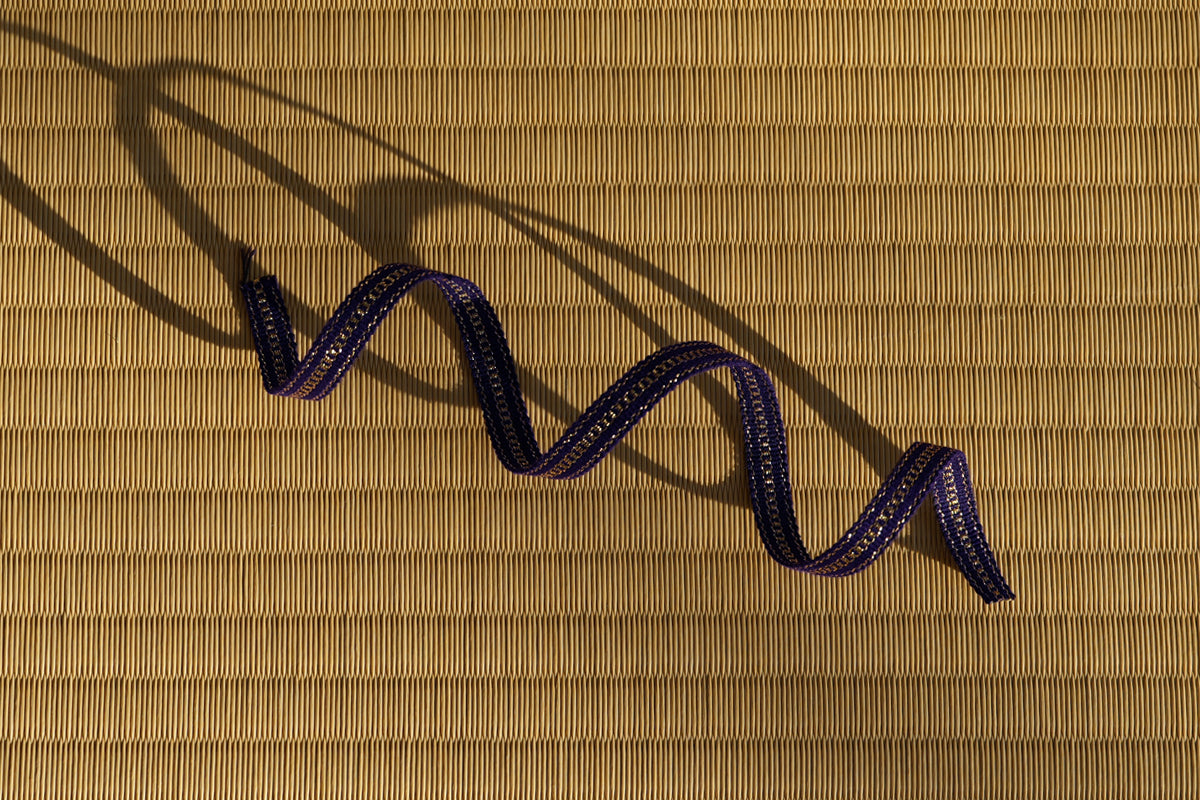
Sanada-Himo
Used in Samurai Armor and Equipment for Over a Thousand Years
The durability of Sanada-Himo comes from its tightly woven vertical and horizontal threads, symbolizing robust connections. In KIMITAKE's design, the intersecting circles and the significant, auspicious knots of Sanada-Himo symbolize the connections and bonds between individuals that KIMITAKE values.
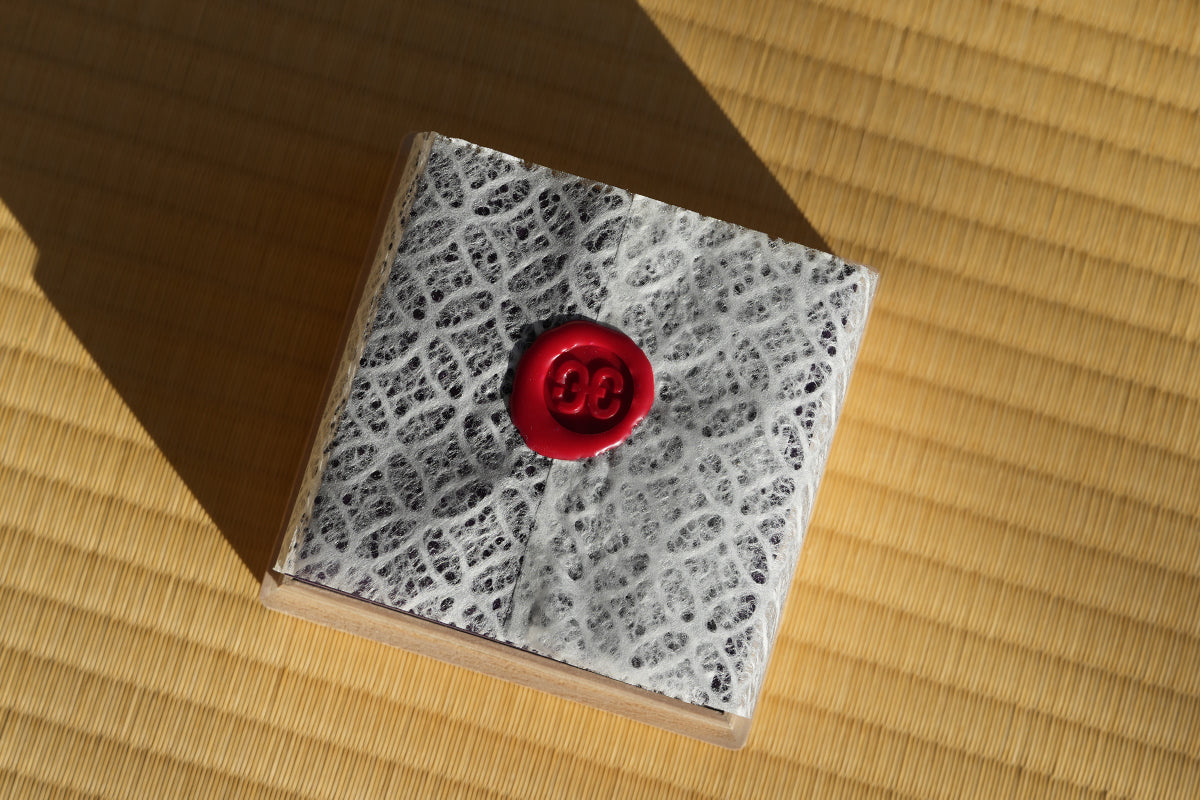
Sealing Stamps
Used Since Ancient Mesopotamia Dating Back 5000 Years
The sealing stamp, featuring the striking red KIMITAKE logo on white Shippo-patterned Tosa Washi, was crafted to evoke the imagery of the Japanese flag. It serves the essential function of certifying that the package remains unopened by anyone other than the customer.












